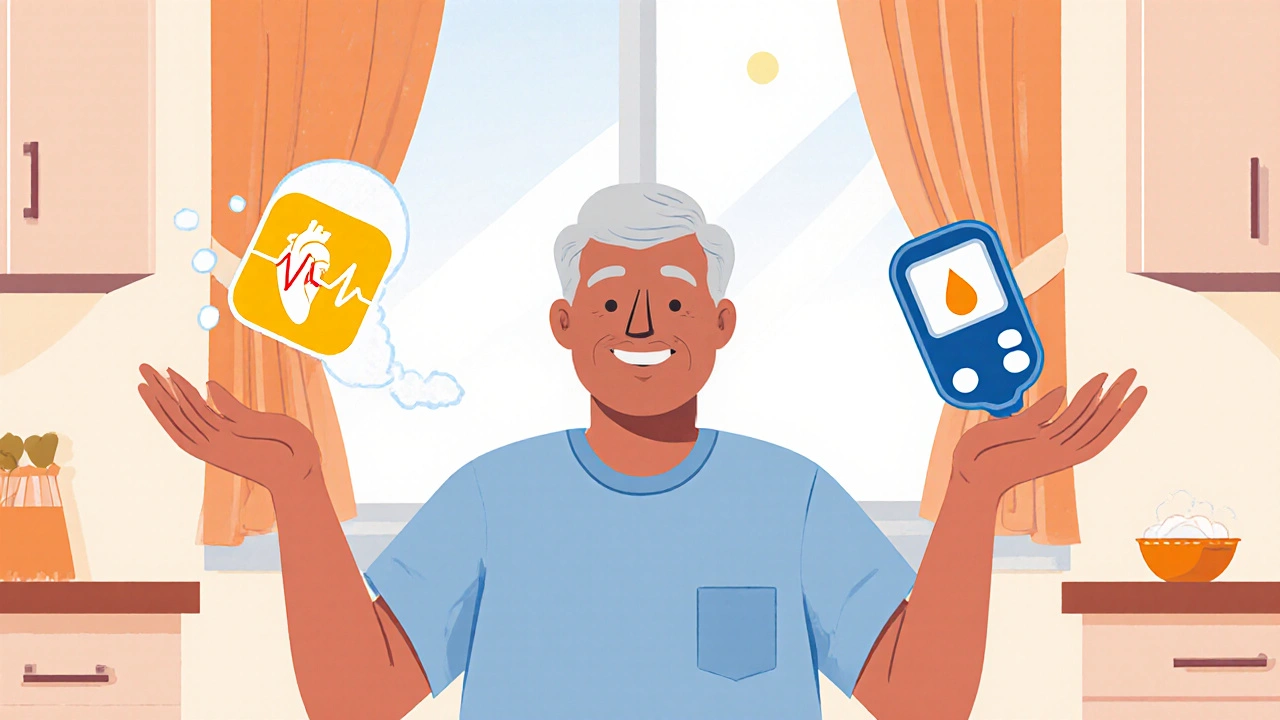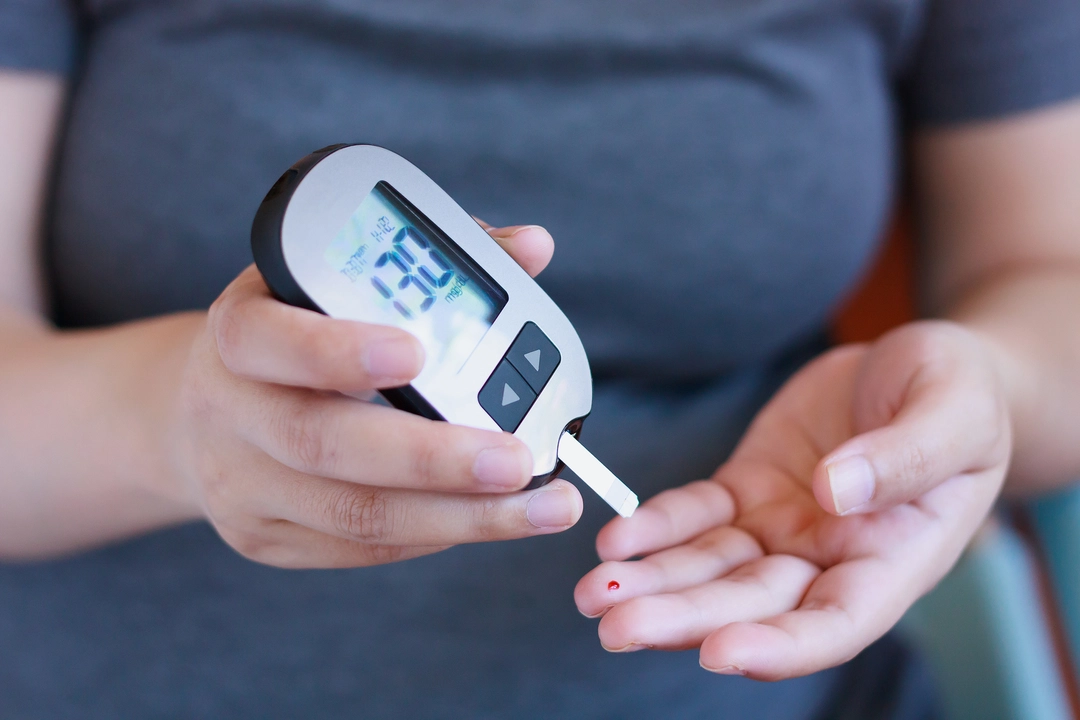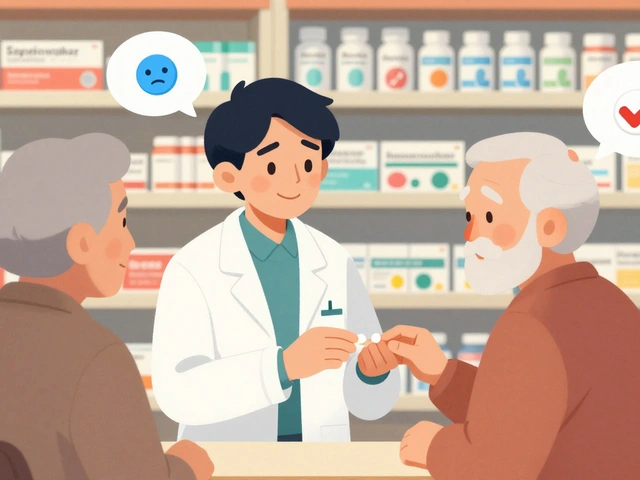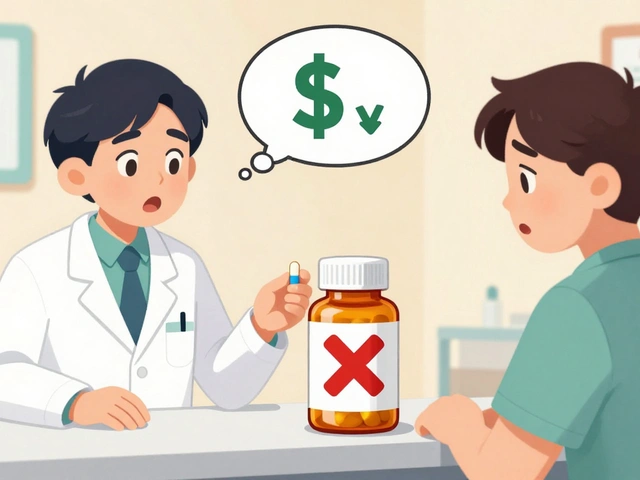Diabetes: straightforward advice on meds, monitoring, and buying safely online
Living with diabetes means juggling medications, blood sugar checks, food, and activity. You don’t need complicated rules — you need clear steps that fit your life. On this page you’ll find practical info on common diabetes drugs, how to spot side effects, what to watch for when ordering meds online, and small daily habits that actually move the needle.
Start with reliable monitoring. Check a fasting reading and a post-meal reading for a few days to see patterns. If you get unexpected highs or lows, note what you ate, any missed doses, and recent activity. Bring that log to your clinician — it helps them adjust doses faster than vague descriptions.
Treatments and what they do
Metformin is often the first pill for type 2 diabetes — it lowers glucose and has predictable side effects like mild stomach upset for some people. Insulin is essential for type 1 and commonly needed for advanced type 2. Newer options like GLP-1 receptor agonists (some recent coverage on shortages and alternatives) help lower blood sugar and often reduce weight. SGLT2 inhibitors can protect the heart and kidneys for certain patients. Each drug class has pros and cons, so ask: will this help my A1c, weight, and heart risk?
Know common warning signs: dizziness, sweating, confusion or shakiness can be low blood sugar. Nausea and stomach upset are common with GLP-1 drugs. If you’re taking other medicines — like statins for cholesterol — share that with your clinician to avoid interactions.
Buying meds online safely and practical tips
Online pharmacies can be convenient, but safety matters. Use sites that demand a valid prescription, show a real business address, and let you reach a pharmacist. Avoid sellers offering brand-name expensive drugs for unrealistically low prices — that’s a red flag for counterfeit products. We review pharmacy sites and point out which ones require prescriptions and which raise concerns.
When you try a new medication ordered online, test more often for the first week so you can spot problems fast. Keep an up-to-date list of all medications and supplements (some supplements like black seed can affect the liver or interact with drugs). Store insulin correctly: keep unopened vials in the fridge and avoid extreme heat if you travel.
Quick action list: keep a medication list, log glucose patterns, watch for low-sugar signs, pick pharmacies that require prescriptions, and call your healthcare team when unsure. Small, steady steps and safe buying habits make diabetes easier to manage without risky surprises.
Managing Atrial Fibrillation When You Have Diabetes: A Complete Guide
Learn how to safely manage atrial fibrillation and diabetes together with medication tips, lifestyle changes, and monitoring strategies for better heart and sugar control.
Read MoreThe Importance of Regular Blood Sugar Monitoring for Diabetics
As a diabetic, I cannot stress enough the importance of regular blood sugar monitoring. Keeping a close eye on our blood sugar levels helps us maintain better control over our diabetes, which in turn prevents complications and improves overall health. By monitoring regularly, we can make informed decisions about our diet, exercise, and medication, ensuring that we are effectively managing our condition. Additionally, it allows us to quickly identify any sudden changes or trends and take appropriate action. In short, regular blood sugar monitoring is a crucial aspect of managing diabetes and living a healthy life.
Read More






